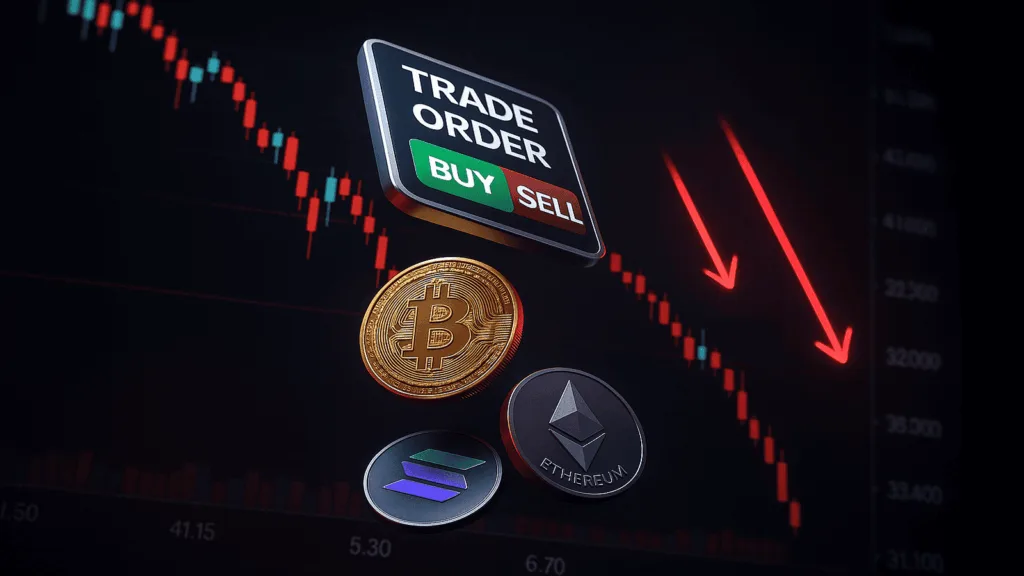- Crypto slippage is the gap between the price you expect and the price at which your trade is executed.
- Slippage (%) = (Executed Price − Expected Price) / Expected Price × 100
- Often, due to volatility, low liquidity, or order size or protocol delays may end up shifting the price, making you pay more than expected.
In the fast-paced world of cryptocurrency trading, the difference between what you expect to pay and what you actually pay can be surprisingly large. This gap between the price executed and the expected price is what we call ‘crypto slippage’. Whether you’re opting to ‘buy’ on a centralized exchange or routing a trade through a DEX, volatile prices, limited liquidity, or any sort of delays can shift your execution price. As a result, you may end up paying more than anticipated.
While “slippage” is a familiar term in financial markets, the phenomenon in crypto is slightly different. In the banking space, slippages have an entirely different meaning tied to loan defaults. However, both usages involve a sense of ‘deviating from the expected’. In crypto, you deviate from your anticipated trade price; in banking, loans deviate from good to bad status. But in all cases, slippages are undesirable and a measure of inefficiency or risk.
Quantifying crypto slippage
Take, for example, you place a buy order for 1 BTC at $60,000, but by the time the trade fills, the actual cost becomes $60,200. That $200 difference is slippage. Slippage can be positive, when you get a better price than expected, or negative, when you get a worse price.
Newsletter
Get weekly updates on the newest crypto stories, case studies and tips right in your mailbox.
Therefore, the formula to calculate slippage is simple:
Slippage (%) = (Executed Price − Expected Price) / Expected Price × 100
Why does crypto slippage happen?
- Volatility or rapid price movement
The crypto market is notorious for swings. If prices shift between your order submission and its execution, your trade will catch a new price.
- Liquidity constraints
For tokens with low trading volume or shallow order books, there may not be enough matching buyers/sellers at your target price. The system must then ‘walk through’ various price levels to fill your order, causing slippage.
- Order size or price impact
A large trade in a low-liquidity market will move the price itself. As you buy, the next available units may be at gradually higher prices, pushing your average cost upward.
- Network or protocol delays (for DEXs)
Decentralized exchanges rely on blockchain confirmation. In congested networks, there may be delays, during which prices move. Also, on DEXs, designers often require a slippage tolerance, i.e., a threshold of how much difference you’ll accept, to prevent transactions from failing.
- MEV or sandwich attacks
Particularly on DEXs, bots can exploit your slippage tolerance and reorder transactions, these are called “sandwich attacks,” to extract value from your trade.
How to mitigate crypto slippage?
A simple way to mitigate slippage is to use limit orders instead of market orders. This ensures your trade is only executed at your price or better, although it may not always fill. You could also split large trades into smaller chunks to reduce price impact. You could trade in high liquidity pairs and during peak times to reduce slippage risk. On DEXs, you can set a narrow slippage tolerance, but you must ensure it’s not too narrow or your transaction may fail.
Thus, ‘crypto slippages’ are a central concept in trade execution; they show you the hidden cost of speed, volatility, and liquidity in the blockchain world. Understanding how it works is essential for anyone actively trading or operating in digital-asset markets. But armed with the right tools, you can limit how much ‘drag’ slippage imposes on your returns.











